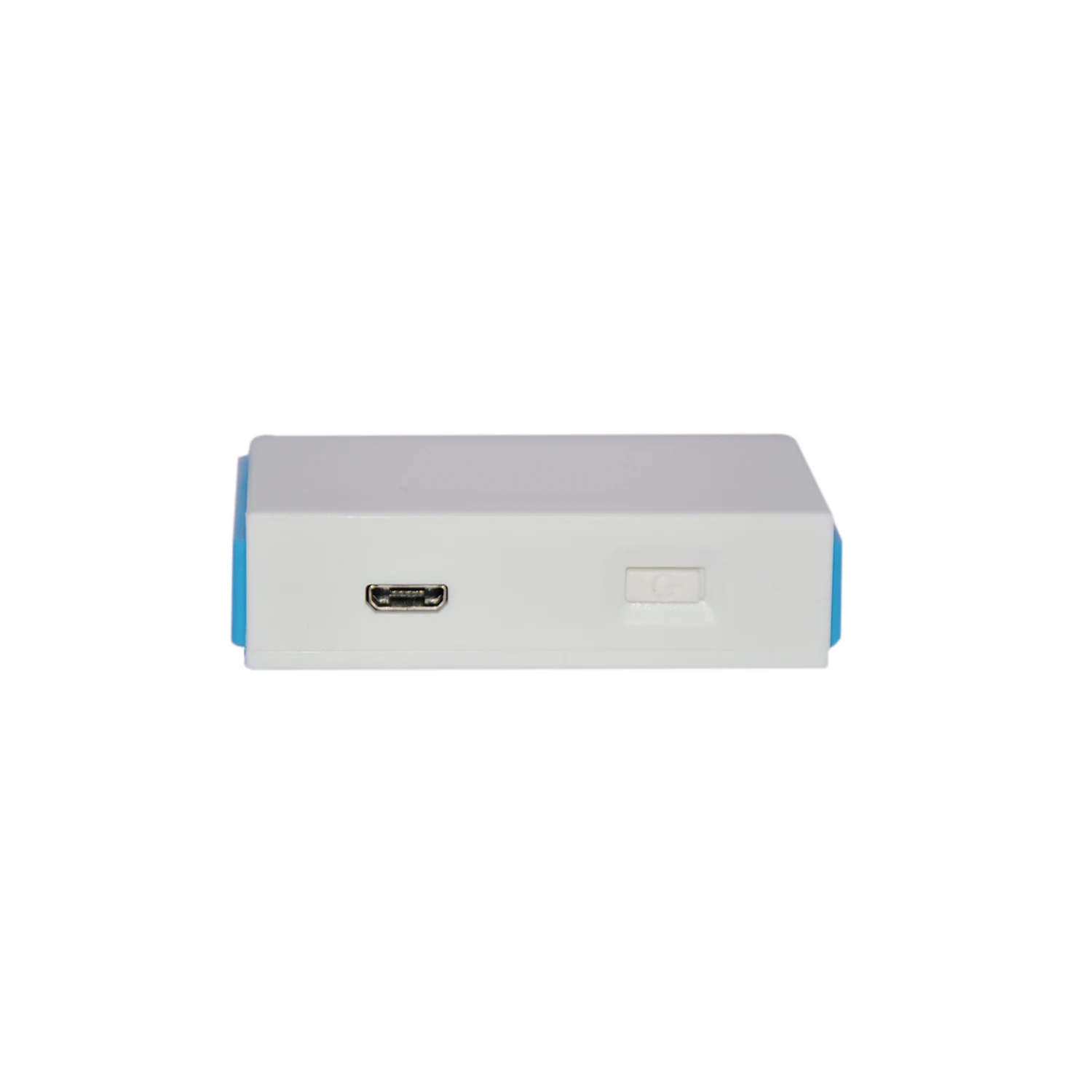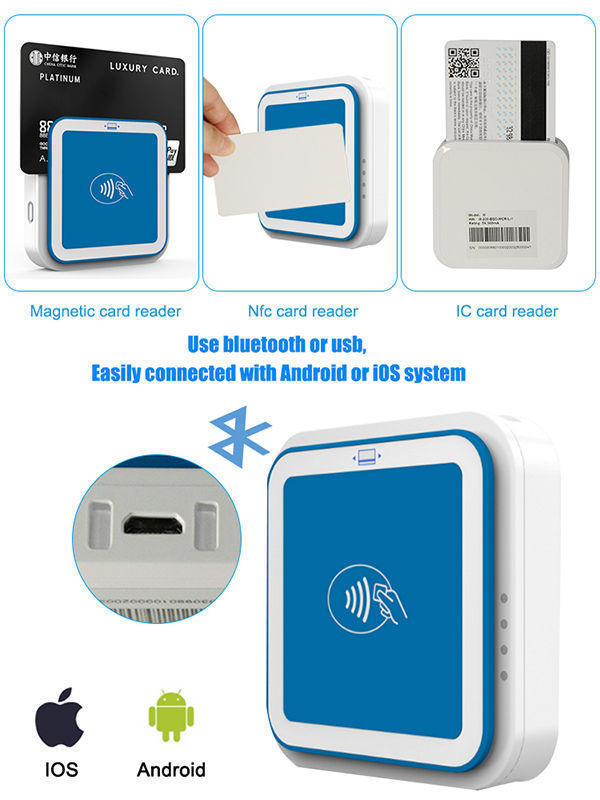
The standard for contactless smart card communications is ISO/IEC 14443. They are often used when transactions must be processed quickly or hands-free, such as on mass transit systems, where a smart card can be used without even removing it from a wallet. These cards require only close proximity to an antenna to complete a transaction.

When used for security, readers are usually located to the side of an entry door.Ī contactless smart card is a card in which the chip communicates with the card reader through an induction technology similar to that of an RFID (at data rates of 106 to 848 kbit/s).

When the readers are used for public transit they are commonly located on fare boxes, ticket machines, turnstiles, and station platforms as a standalone unit. When used for electronic payment, they are commonly located near PIN pads, cash registers and other places of payment. With the COVID-19 pandemic, demand for and usage of contactless credit and debit cards has increased, with the goal of reducing spread of the virus via PIN pads, chip card readers and magnetic stripe readers.Ĭontactless smart card readers use radio waves to communicate with, and both read and write data on a smart card. Contactless smart cards are being integrated into ICAO biometric passports to enhance security for international travel. In Malaysia, the compulsory national ID scheme MyKad includes 8 different applications and is rolled out for 18 million users. Citizen cards, drivers’ licenses, and patient card schemes are becoming more prevalent. Smart cards are being introduced in personal identification and entitlement schemes at regional, national, and international levels.

In more recent times, Visa and MasterCard have agreed to standards for general "open loop" payments on their networks, with millions of cards deployed in the U.S., in Europe and around the world. The various standards emerging are local in focus and are not compatible, though the MIFARE Classic card from Philips has a large market share in the United States and Europe. Globally, contactless fare collection is being employed for efficiencies in public transit. Since then, smart cards with contactless interfaces have been increasingly popular for payment and ticketing applications such as mass transit. They also provide a means of effecting business transactions in a flexible, secure, standard way with minimal human intervention.Ĭontactless smart cards were first used for electronic ticketing in 1995 in Seoul, South Korea.



 0 kommentar(er)
0 kommentar(er)
